“I always have books lying around in the studio, but no manuals. I hate reading manuals.” Andre Kronert shows us around his work space.
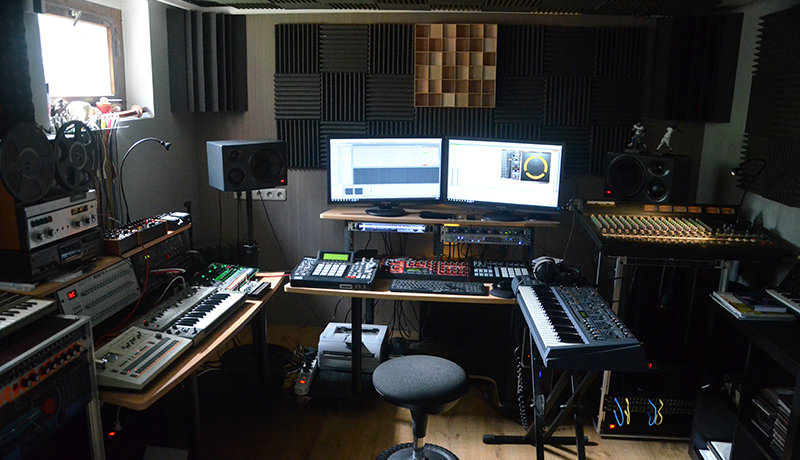
Andre Kronert – My Studio
My studio is basically small and has a very limited and selected configuration. On the opposite wall is my record collection and my DJ setup, but this side is totally focused on the equipment I always use. I don’t have unused synths or other equipment around – I don’t collect or buy equipment for occasional use or later use. Everything I have in my setup is in use. The equipment changes, I sell things and I buy things, but if it’s in this room it’s being used. This way I focus on the equipment and I try to get 200% out of it. Every new thing will be tested for a long time and if it’s not the right then it leaves the room forever.
The room has a really nice acoustic. I worked a lot on it with microphones and sweeping frequencies day and night but now I have it how I like it. It’s not perfect but it’s great for me. I mean, I produce techno and house with a very raw touch so the room doesn’t have to be as perfect as perhaps it has to be with pop productions, vocals or classic music. It’s my little dark and mysterious room.
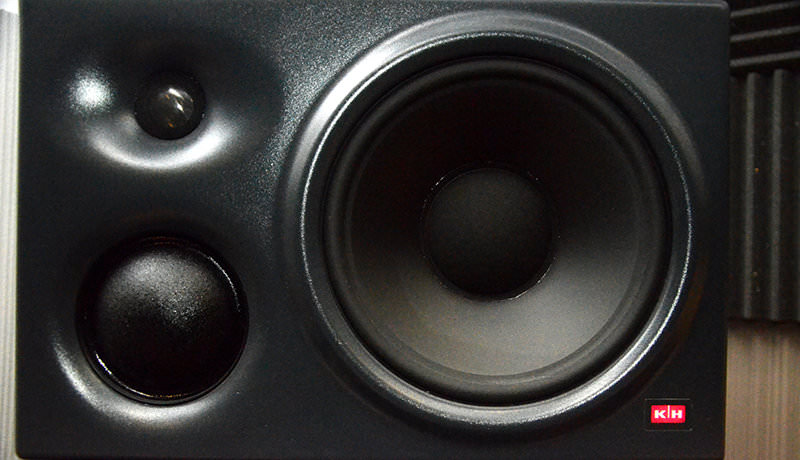


Klein & Hummel O 300
These Klein & Hummels are my main monitors in the studio. I have another pair on the opposite wall. They are handmade, very big and used for TV productions. I always switch between them, but these O 300s here are the main ones. They are so nerdy and analytical. If you hear a current pop production on them (sadly also a lot of the current electronic stuff) you’ll ask yourself how this track can be played on radio and TV – they sound terrible. The truth is, they are terrible: over compressed and mixed to death. But the O 300s don’t lie, so you listen to the sad truth. You can hear the fart of a mouse on them. If your dirty or raw productions sound warm and tight on them at the end, then the productions are WARM and TIGHT. They never lie, in my opinion. But I think it’s not the question of which monitors you are using – you have to know them. Whatever you are using, just know your monitors!
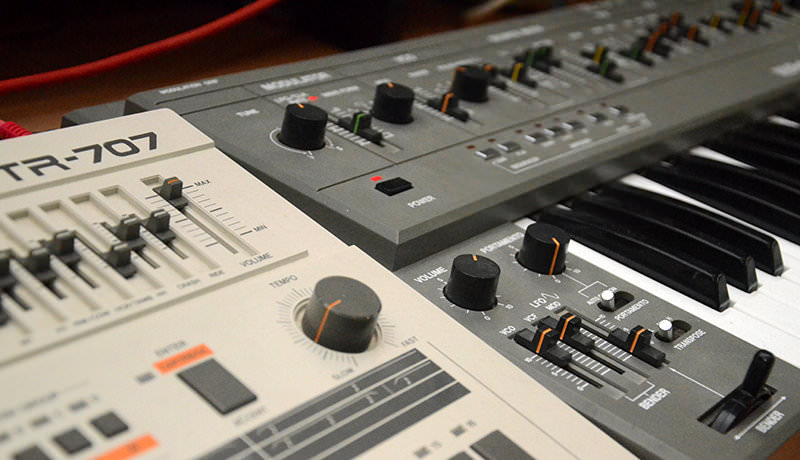


Roland TR-707 and SH-101
I love this SH-101 so much. You can hear it in almost all of my productions, for example the bassline in ‘The Throne Room’ I released on Len Faki´s Figure label. Combined with the MAQ-16/3 sequencer from Doepfer this machine is a deadly weapon. It’s so lightweight and so easy to use but so so fat and dirty. A beast! You really have to be careful not to destroy your monitors with the sound. The 101 is also so versatile, from acid lines to deep basses to spaced-out whale-like sounds. My first day with it was a nightmare, but a very important thing for me is: don’t use so many synths and machines… Know what you have and get into what you have. If you focus on a machine like this and try to work without the handbook, you’ll get very freaky and unexpected sounds out of it. Sounds that perhaps these machines were never made for.
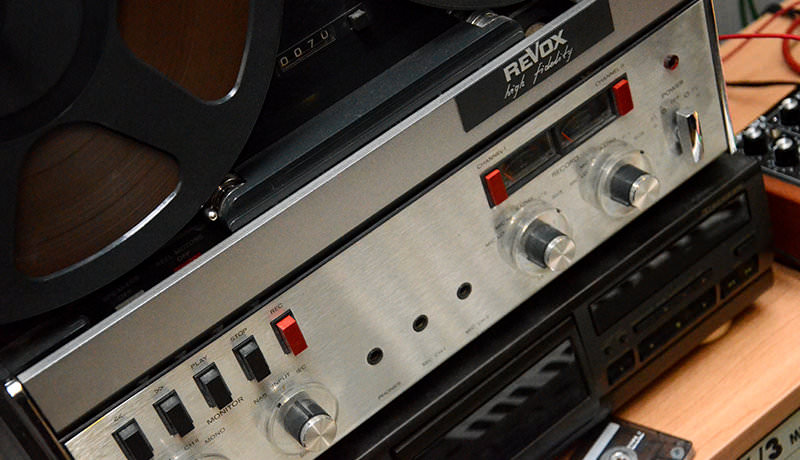


Revox Tape Machine
I like to work in jam sessions. I just play around with all the machines. I program patterns and switch around with knobs and cables. I record this all for hours, sometimes directly with the computer, sometimes with a Revox or a real old tape deck. I love the analogue warmth, saturation and distortion coming from the tapes. After recording on the tape I bring it back into my computer and play around with frequencies, compressors or whatever is coming in my mind. The result is a very warm, dirty and raw recording, but with nice frequencies, punch, pressure and acoustics. It’s also a bit of a boy toy. I love playing around with these big audio tapes. I grew up with them and this gives me a peaceful and nostalgic feeling.
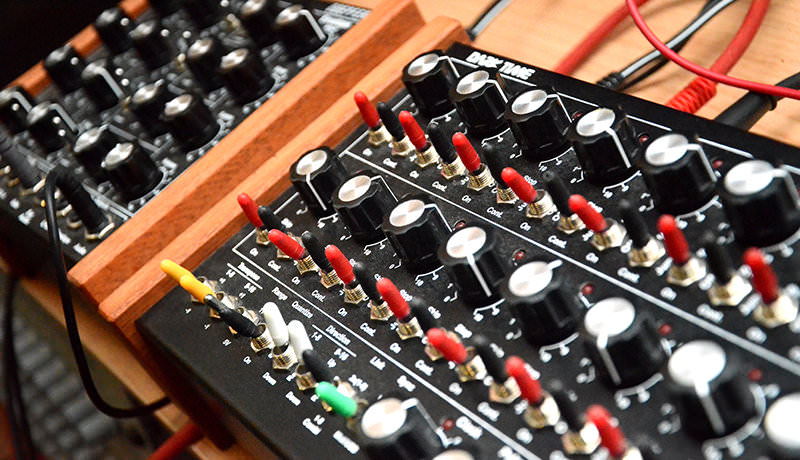


Doepfer Dark Energy and Dark Time
Doepfer machines! Small and so easy to use. I can work very fast with them and get things done quickly – I like to have fast results. I really would love to have a huge custom modular synth or two, or three, but I always have to stop thinking about buying one. The reason is I’m afraid I’d get lost in it and end up with nothing done at the end of the day, only to go into the shop the next day and buy more modules. I have friends who are serious addicts. I love to watch them and it’s so nice to spend hours with them on the machines, but in the studio I need to have fast results. I have my smaller tools and keep them limited in my studio to focus on just them. I love getting lost but I ain’t got time for that.
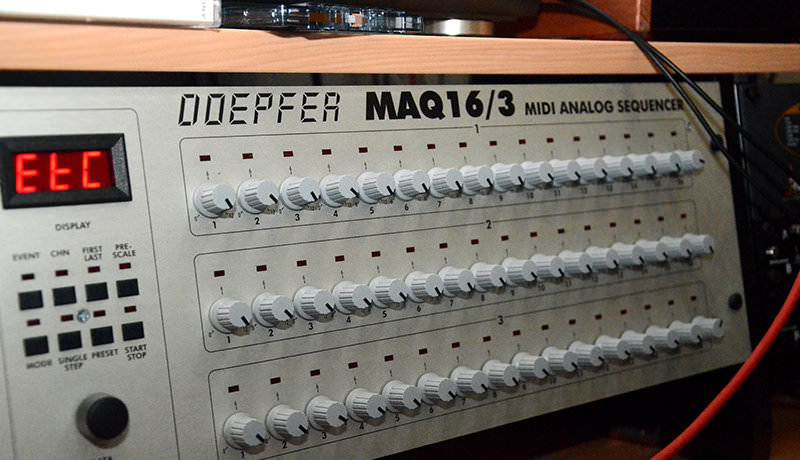


Doepfer MAQ16
I’m not doing any sequences with the computer. I hate doing it with the mouse on the monitor – I need to touch a sequencer. I also don’t look at notes – I listen and I move the knobs. This analogue sequencer is perfect. I can work out more loop-sounding sequences in a very fast way. Sometimes there is a note just coming out of nowhere – the sequencer made it and I never told it to. I program a sequence and then it’s like: “What was this…?” There was a note totally outside the box, but it makes it special. It’s analogue and it sounds more organic in my opinion, like a small living monster. You need to record these special moments so you have some nice, organic, spaced-out and different sounding results at the end.
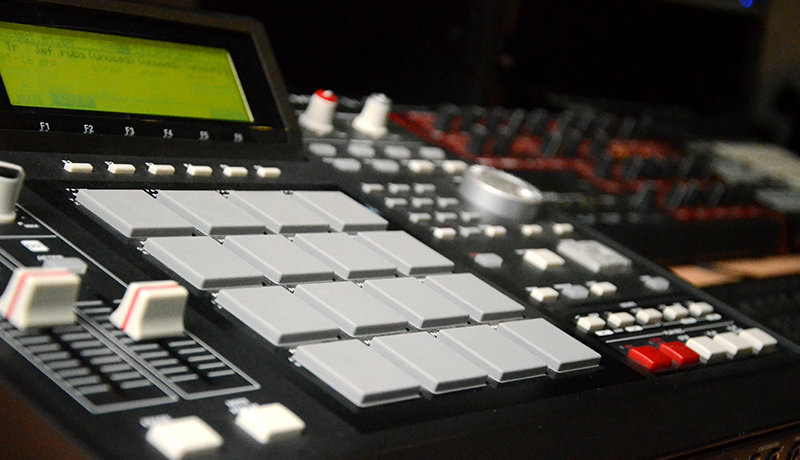


Akai MPC 2500
The groove! The handling! It’s so easy to use. I’m influenced by a lot of music from back in the day, stuff I like to use for grooves and loops in my productions. I record them while jamming around and making some new takes directly in the MPC. It’s made for grooving house and techno. Well, it was maybe made for hip-hop (the first MPCs), but if you work a lot with samples and recordings, this machine is the choice. There are a lot of digital replicas or even MIDI tools that try to be like the Akai, but they are not. They don’t have this limited memory, these limited options and also very limited effects. You have to deal with the limitations here and create completely different grooves and loops, as you would with unlimited options on the up-to-date hardware. It’s old school but I love it.
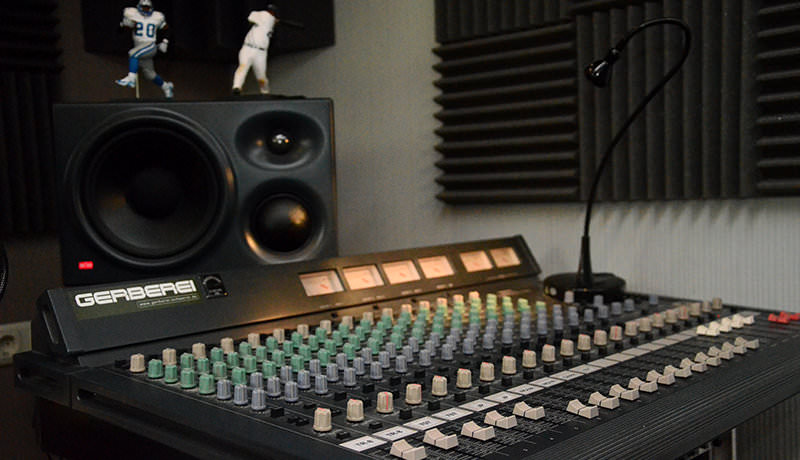


Vintage Yamaha mixer
Thats a 30-year-old Yamaha mixer. 100% analogue. I bought it for almost nothing but I was sold after the first minutes of using it. It’s raw, noisy and easy. The EQs are not the best but it can do very nice analogue distortion and its smooth noise is so warm – it’s a noise you can feel more than listen. I don’t want to lose it cuz I don’t like the clean mixers and mixdowns. I have a few other consoles on my wish list, but life is long and I have no reason to hurry up with these things, as long as you have fun with it. It also has very limited options like only three aux sends, but it always works. Always! It keeps the room warm in winter too…
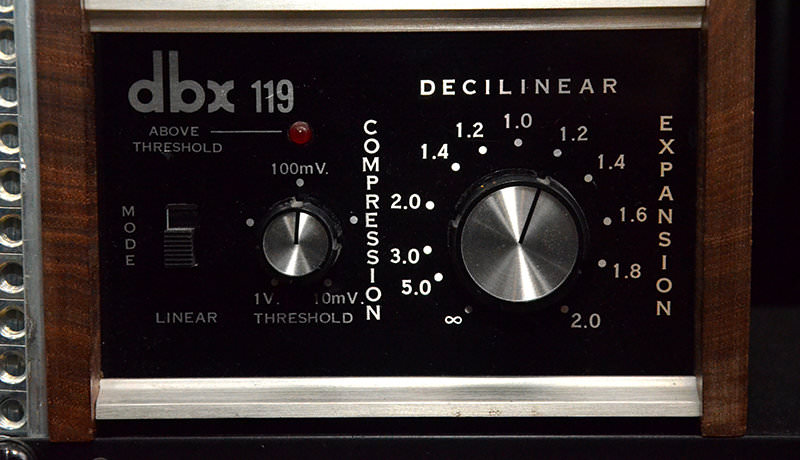


DBX 119 compander
I use this for drums or sometimes on the whole mix. It gives everything going through it a nice touch and more punch. It adds a little warm colour to the source. This 119 has the very same proprietary VCAs as well-known big vintage DBX dynamics processors. It’s called a compander because it compresses and expands. It has such a nice distortion if you use it carefully – you can really squash the heck out of a signal with it.
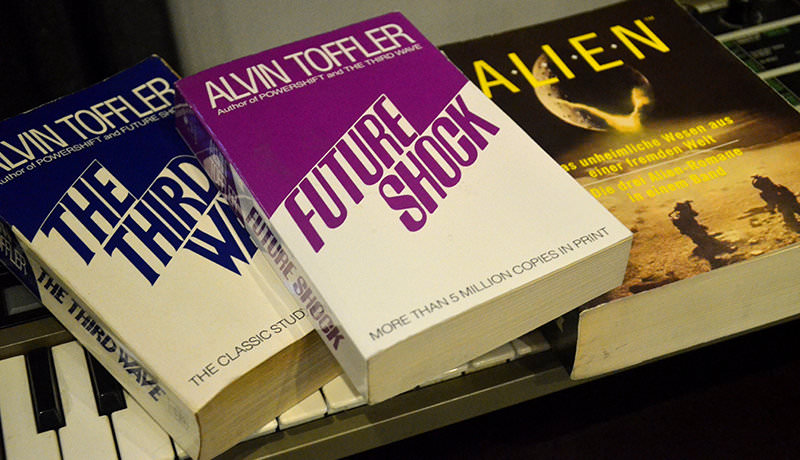


Books
I always have books lying around in the studio. I’m a huge Alvin Toffler fan and I love the Alien books. Sometimes it gives me some inspiration to read only a few letters. It’s also cool to chill down while taking a break from listening to higher dB levels. There are also books about jazz or Detroit, but no manuals. I hate reading manuals.
Andre Kronert’s Lost Era EP is out now on new French dub techno label Berg Audio. Find Andre on Facebook, Twitter and SoundCloud.
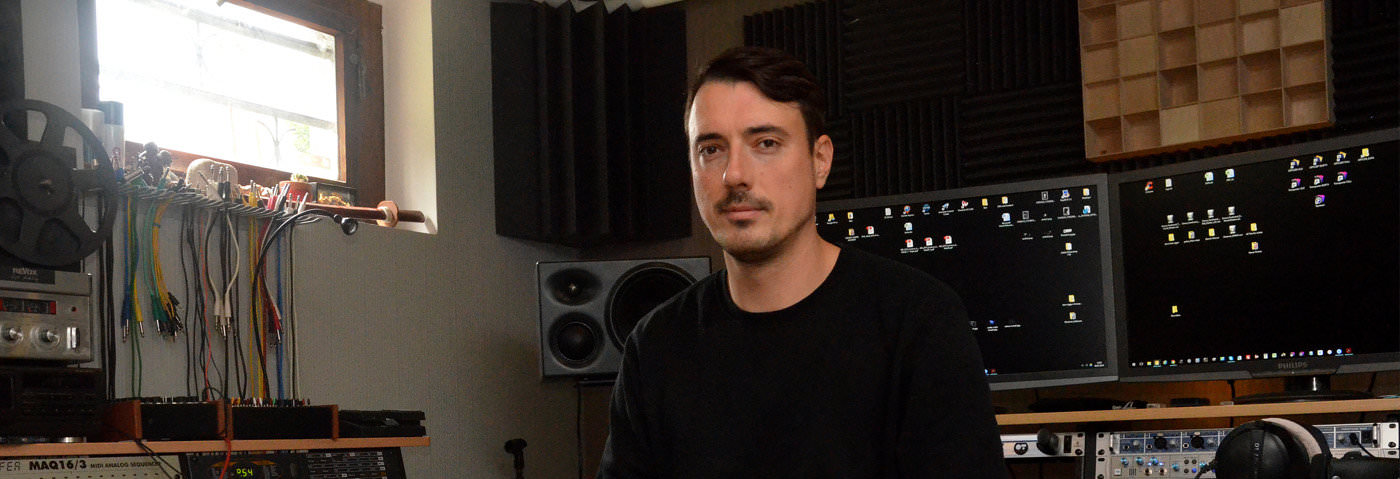
07.39 PM
“My studio is basically small and has a very limited and selected configuration”
So this is what a small producers’ studio looks like nowadays.